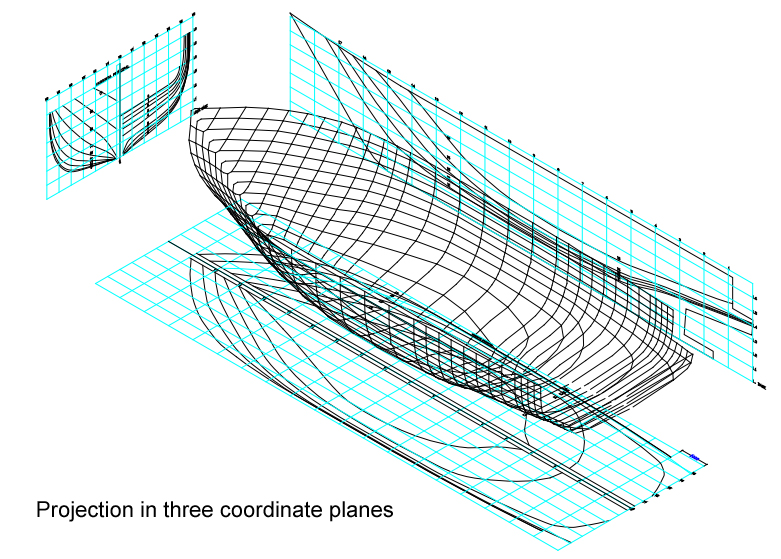
The standard that establishes the design categories and their characteristics is the European Directive 2013/53/EU. For its compliance, it refers, among others, to the ISO 12217-2 standard, which establishes safety criteria related to the geometry of the vessel’s hull and the position of the center of gravity (G) within it through the STIX stability index.
The index is obtained through a formula whose factors are various coefficients and dimensions of the vessel.
The shipyards are the ones that establish the design category based on a STIX stability index.
The minimum STIX values, calculated using the formula, for each design category are:
Category A-STIX = 32
Category B-STIX = 23
Category C-STIX = 14
Category D-STIX = 5
Characteristics of the design categories
Category A. Oceanic: fuel tanks with large capacity to achieve greater autonomy; structural resistance and stability to withstand weather conditions with winds above force 8 on the Beaufort Scale and waves of more than 4 meters in height.
Category B. High Seas: Structural strength and stability to withstand weather conditions of force 8 on the Beaufort scale, about 40 knots, and wave heights up to 4 meters.
Category C. Coastal waters: Structural strength and stability to withstand weather conditions of Beaufort force 6 (25 knots) and waves of 2 meters.
Category D. Inland and sheltered waters: structural strength and stability to withstand 30 centimetre waves and winds of force 4, equivalent to 15 knots.
The design category is usually stated on the builder’s plate together with other relevant data, such as the maximum load and maximum number of persons.
